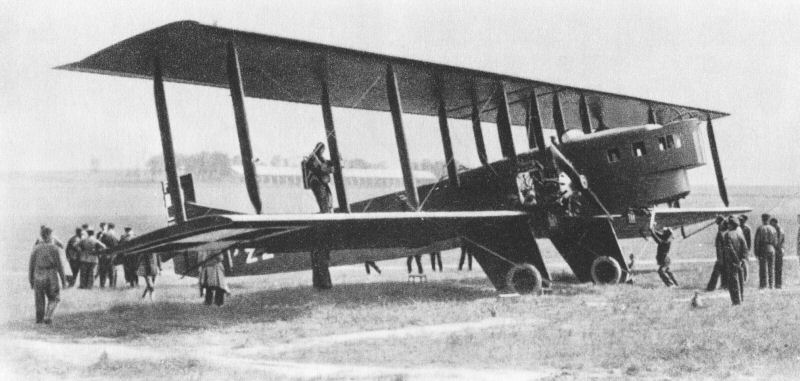On May 14, 1923, the skies over Kent, England, witnessed a sombre chapter in early commercial aviation history. A Farman F.60 Goliath, operated by the French airline Air Union, crashed near Monsures, resulting in the tragic loss of life and underscoring the challenges of early flight. This incident stands as a poignant illustration of the risks faced by pioneers of air travel and the lessons that shaped aviation safety in the decades to come.
Background: Air Union and the Farman F.60 Goliath
Air Union was one of the first French airlines, formed from the merger of several smaller companies in 1923. Its routes connected Paris to London, Brussels, and other European cities—a bold endeavour in the post-World War I era. The Farman F.60 Goliath, originally designed as a heavy bomber, was repurposed as a commercial airliner after the war. With its large biplane structure, enclosed passenger cabin, and a crew of two, it represented the cutting edge of civil aviation at the time.
The Accident: 14 May 1923
On the morning of May 14, 1923, the Air Union Goliath (registration F-AEGB) took off from Le Bourget Airport in Paris, bound for Croydon Airport near London. Onboard were three crew members and three passengers. As the aircraft approached the Kent coastline in England, it encountered severe weather, including heavy fog and rain—a significant hazard given the limited navigation technology of the era.
At approximately 1:00 PM, the Goliath crashed at Monsures, near Marden, Kent. At the time, reports suggest that the aircraft collided with trees, resulting in its destruction upon impact. All six occupants perished in the crash. Local witnesses described hearing the drone of the engines and then a sudden silence, followed by the discovery of wreckage.
Aftermath and Investigation
The crash site quickly drew local authorities, rescuers, and aviation officials. An investigation was launched, but the exact cause of the accident was never definitively determined due to the limited forensic capabilities of the time. However, poor visibility and adverse weather were considered primary contributing factors. The tragedy brought attention to improved meteorological forecasting, better navigation aids, and more robust aircraft design standards.
Legacy and Impact
The Air Union Goliath crash of May 14, 1923, was one of several fatal accidents that year in early commercial aviation. It highlighted the dangers of flying in inclement weather and spurred calls for enhanced air safety protocols. Over time, lessons learnt from such tragedies led to advancements in radio navigation, weather reporting, and the development of more reliable aircraft.
Today, the crash is remembered as a pivotal event in aviation history—a sombre reminder of the sacrifices made by early aviators and the relentless pursuit of safer skies.
Conclusion
As we reflect on the Air Union Farman F.60 Goliath crash nearly a century later, we pay tribute to those who lost their lives and acknowledge the crucial role such events played in shaping modern air travel. The progress made in aviation safety is built upon the hard-won lessons of the past, ensuring that the skies above us are safer for all who travel them.
Discover more from TheHubBuzz.com
Subscribe to get the latest posts sent to your email.

